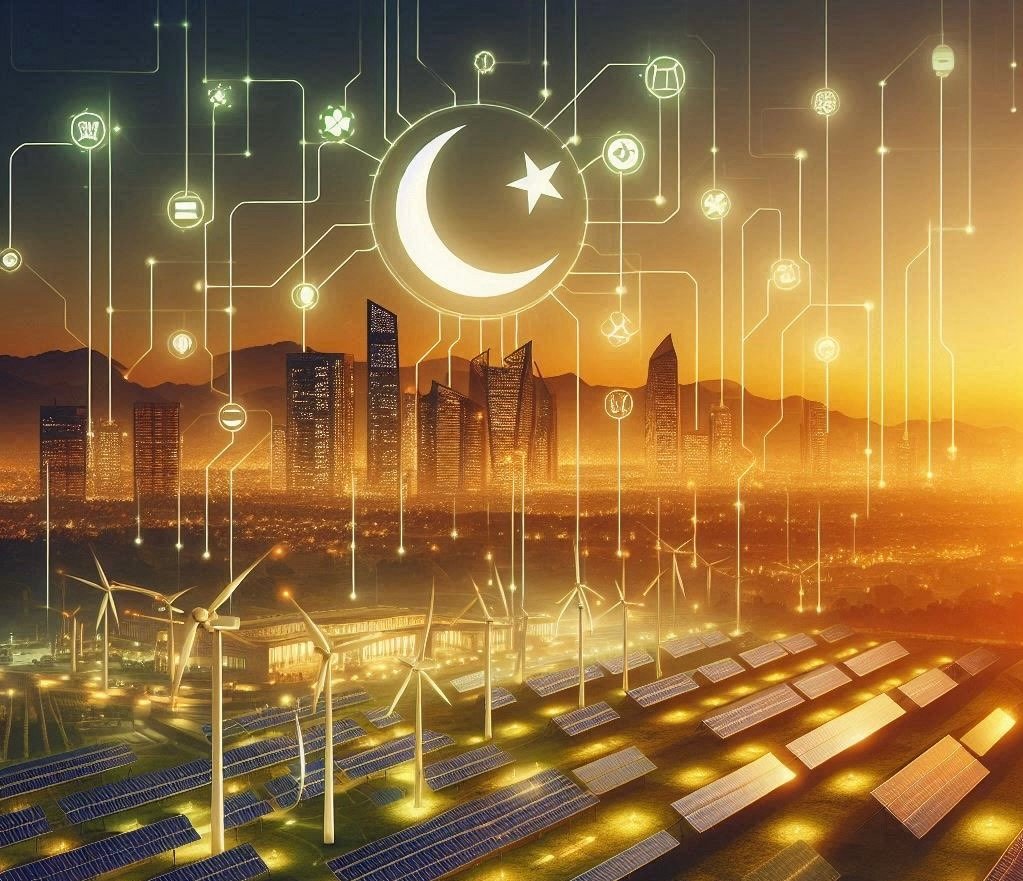Experts Advocate for Diversified Energy Mix Amidst Economic Challenges
Islamabad, Pakistan – April 6, 2025 – Pakistan’s energy sector stands at a critical juncture, requiring a strategic shift towards a diversified and sustainable mix to fuel economic growth and mitigate environmental impact, according to a recent analysis. In an article titled “Pakistan’s Energy Future,” published in The News on Sunday, author Raza Naeem highlights the nation’s urgent need to address its energy challenges.
Naeem asserts, “Pakistan’s energy security is not just about meeting current demand; it’s about building a resilient system that can support future economic growth while minimizing our carbon footprint.” He points out that the nation’s reliance on fossil fuels, particularly imported ones, has led to significant economic vulnerabilities, exacerbated by fluctuating global prices and currency devaluation.
“The need for a transition towards renewable energy sources like solar and wind is becoming increasingly evident,” Naeem states, emphasizing the potential for these sources to reduce dependence on imports and stabilize energy costs. “However, a balanced approach is crucial, considering the reliability and scalability of different energy options.”
Pakistan’s energy crisis is a complex issue, intertwined with economic instability and infrastructure deficiencies. According to the Pakistan Economic Survey, the country faces persistent energy shortages, impacting industrial productivity and household consumption. Official data from the National Electric Power Regulatory Authority (NEPRA) indicates that transmission and distribution losses remain a significant challenge, contributing to higher electricity tariffs.
Pakistan’s energy future depends on our ability to embrace sustainable practices and make informed choices.
Naeem’s analysis underscores the necessity for policy reforms that promote investment in renewable energy and enhance grid infrastructure. “Investing in smart grids and energy storage solutions can improve efficiency and reduce losses,” he suggests. Furthermore, he emphasizes the importance of energy conservation and demand-side management to alleviate pressure on the supply side.
The article calls for a holistic approach that integrates technological innovation, policy coherence, and public awareness. “Pakistan’s energy future depends on our ability to embrace sustainable practices and make informed choices,” Naeem concludes.
Keywords: Pakistan energy crisis, renewable energy Pakistan, energy policy, economic growth Pakistan, sustainable energy, Raza Naeem, The News on Sunday.




